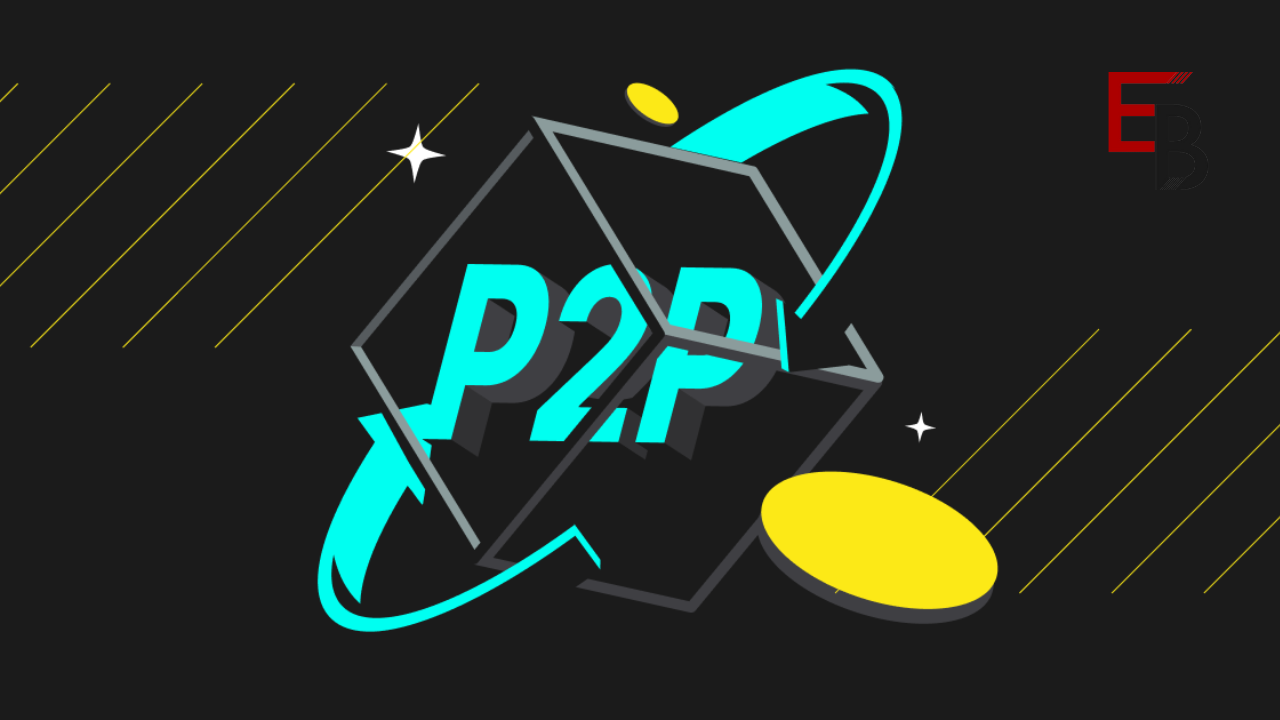P2P Crypto: A Comprehensive Overview

P2P crypto stands for peer-to-peer cryptocurrency. It’s like trading digital money directly with another person without needing a bank or other middleman. Instead of going through a centralized system, transactions happen instantly between users, using unique platforms or decentralized exchanges. This way, people have more control over their money and can often avoid high fees. However, it’s essential to be careful because there’s a risk of scams or fraud, so users must be cautious and research before trading.
Brief History of P2P Cryptocurrency
P2P cryptocurrency has a fascinating history. It all started with the creation of Bitcoin in 2009 by an anonymous person or group known as Satoshi Nakamoto. Bitcoin introduced the concept of peer-to-peer transactions, allowing people to send money directly to each other without needing a bank.
Over time, other cryptocurrencies like Litecoin, Peercoin, and many more followed Bitcoin’s lead, each with unique features and purposes. These cryptocurrencies expanded the possibilities of P2P transactions, enabling people to trade digital assets, lend money, and even participate in decentralized finance (DeFi) projects without intermediaries.
The rise of P2P cryptocurrency platforms like LocalBitcoins and Paxful further revolutionized the space, providing online marketplaces where users could buy and sell cryptocurrencies directly with each other using various payment methods.
Today, P2P cryptocurrency continues to evolve, with new technologies and innovations continually reshaping the landscape. From its humble beginnings with Bitcoin to the diverse ecosystem of cryptocurrencies and P2P platforms we see today, the journey of P2P cryptocurrency is a testament to the power of decentralization and peer-to-peer networks in reshaping the future of finance.
Advantages of P2P Crypto
The benefits of P2P crypto are pretty straightforward. First off, you’re cutting out the middleman. That means no banks or other institutions are taking a cut of your transactions. It’s just you and the person you’re trading with, making things simpler and often cheaper.
Plus, P2P crypto is all about freedom. You have more control over your money since you’re not relying on a central authority to approve your transactions. It’s like having your little financial world where you make the rules.
Another significant advantage is speed. Traditional financial systems can be slow, especially for international transfers. But with P2P crypto, transactions can happen almost instantly, which is a game-changer for people who need to move money quickly.
And let’s not forget about accessibility. P2P crypto platforms are open to anyone with an internet connection, making accessing financial services more accessible for people in underserved communities.
Challenges of P2P Crypto
The P2P cryptosystem has its challenges that users should be aware of. One significant issue is the potential for fraud or scams. Since transactions occur directly between individuals without a central authority, there’s a higher risk of encountering dishonest actors looking to exploit unsuspecting participants.
Another challenge is the lack of regulatory oversight. Unlike traditional financial systems subject to government regulations, P2P crypto platforms operate more decentralized, making addressing issues like money laundering or market manipulation challenging.
Furthermore, P2P crypto transactions can sometimes be slower and less convenient than traditional methods, especially during high network congestion. This can lead to delays in processing transactions and higher fees.
While P2P crypto offers many benefits, including greater privacy and lower transaction costs, users must also be mindful of these challenges and protect themselves when engaging in P2P crypto transactions.
Real-World Use Cases of P2P Crypto
One prominent use case of P2P crypto is in remittances. Individuals can transfer funds across borders directly to family members or friends without the need for traditional banking intermediaries. This reduces the time and costs associated with international money transfers and provides greater financial inclusion to individuals in regions with limited access to banking services.
Another application is in decentralized finance (DeFi). P2P crypto platforms enable users to lend or borrow digital assets directly from one another, bypassing traditional financial institutions. This facilitates greater accessibility to financial services and opportunities for individuals who may not meet the criteria set by conventional lenders.
P2P crypto also serves as a means of decentralized trading. Users can buy, sell, or trade cryptocurrencies directly with one another on decentralized exchanges (DEXs) without relying on centralized exchanges. This fosters a more transparent and censorship-resistant trading environment.
Furthermore, P2P crypto facilitates crowdfunding and fundraising through initial coin offerings (ICOs) or token sales. Projects can raise capital directly from investors worldwide, democratizing access to investment opportunities and fostering innovation.
In essence, the real-world use cases of P2P crypto span various sectors, offering practical solutions to financial challenges and driving the adoption of decentralized technologies.
READ MORE
Future Outlook of P2P Crypto
The future of P2P crypto looks promising, with continued growth and innovation expected in the coming years. As more people recognize the benefits of peer-to-peer cryptocurrency transactions, the market will likely expand, leading to increased adoption and mainstream acceptance.
One of the key drivers of this growth is the growing demand for decentralized finance (DeFi) solutions. P2P crypto platforms offer users greater financial freedom and autonomy, allowing them to access various financial services without relying on traditional banks or intermediaries.
Additionally, advancements in blockchain technology will further enhance the security and efficiency of P2P crypto transactions. As developers refine and optimize decentralized protocols, users can expect faster transaction speeds and lower fees, making P2P crypto trading even more attractive.
